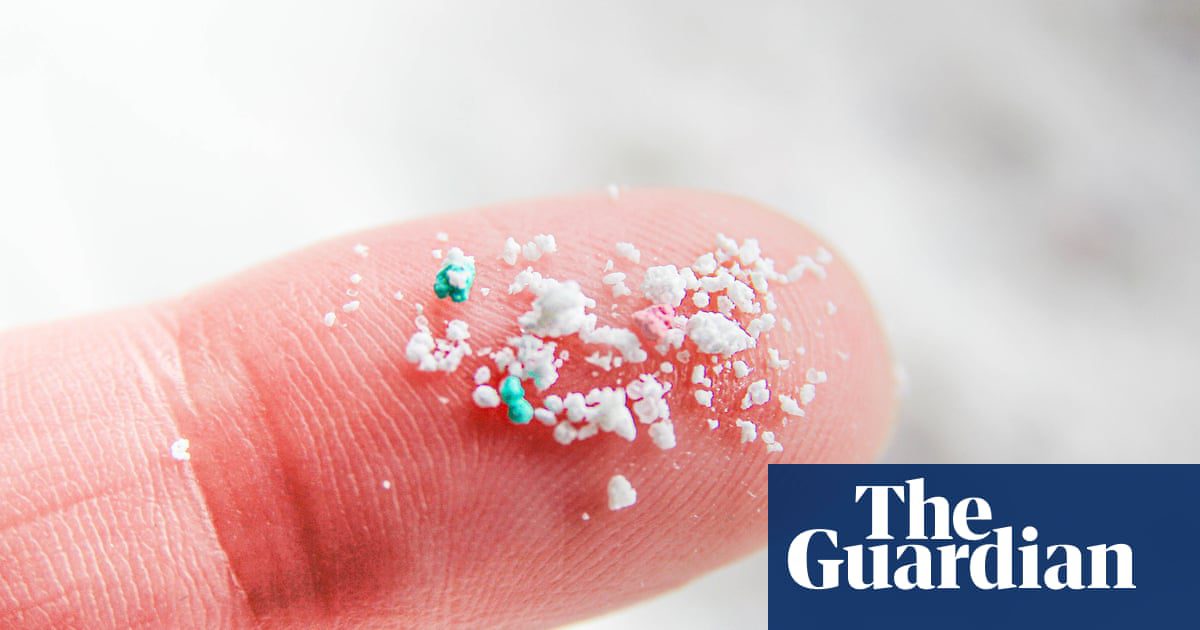
Recent research has revealed that microplastics can infiltrate the brains of mice, blocking blood vessels and potentially imitating dangerous blood clots that might prove fatal or disrupt normal brain function.
These findings are elaborated in a peer-reviewed study that utilizes real-time imaging to observe the behavior of microplastic particles as they travel and accumulate within the brains’ blood vessels. The researchers noted that when one particle of plastic became lodged, additional particles gathered behind it, creating a “car crash” effect, as reported by the authors here.
The study also indicated a decline in motor functions in the mice exposed to microplastics, hinting at negative impacts on brain health. While previous studies have pointed to the neurotoxic properties of microplastics, this research is the first to propose a mechanism—likely due to diminished blood flow.
The authors from Peking University stated, “This discovery provides a new perspective on the toxicological effects of microplastics that penetrate the bloodstream.”
Microplastics are tiny fragments of plastic that can either be intentionally added to products or form as larger plastics degrade. These particles are known to contain a mix of over 20,000 chemicals, many of which, including BPA, phthalates, and PFAS, pose significant health threats.
These substances have been discovered throughout the human body and are capable of crossing the placental and brain barriers. A recent investigation found that microplastics are accumulating in human brains at significantly higher levels than eight years ago. This contamination is linked to an elevated risk of heart attacks and cancer, and is viewed as a neurotoxicant that can lead to various forms of brain dysfunction, including Parkinson’s disease.
Until now, the mechanisms by which microplastics traverse the brain and contribute to disease and neurotoxicity have remained largely unclear.
To trace the microplastics in mice brains, the researchers provided water laced with fluorescent-coated polystyrene, a widely used material found in everyday items. Employing an imaging method known as two-photon microscopy, they observed that within just a few hours, the fluorescent particles began showing up in the brain.
The scientists hypothesize that immune cells effectively absorbed the plastic particles, resulting in irregularly shaped cells. When moving through the intricately twisted vessels of the brain cortex, these cells occasionally became trapped, with larger particles more likely to get stuck.
As cells became lodged, others would accumulate, similar to the aftermath of a traffic accident. These blockages hindered blood flow and sometimes resolved after a few days or weeks, but some remained beyond the four-week duration of the study.
Behavioral assessments post-exposure demonstrated that the affected mice moved more slowly and covered shorter distances than those not exposed to microplastics, and they struggled with a maze test designed to evaluate memory function.
Nonetheless, the authors cautioned that it remains uncertain whether similar effects would occur in human brains, as human blood vessels are relatively larger and blood volume and flow rates are greater. However, these findings highlight serious concerns regarding cardiovascular and brain health, emphasizing the urgent need for more research to fully understand the health risks associated with microplastics in human blood.









